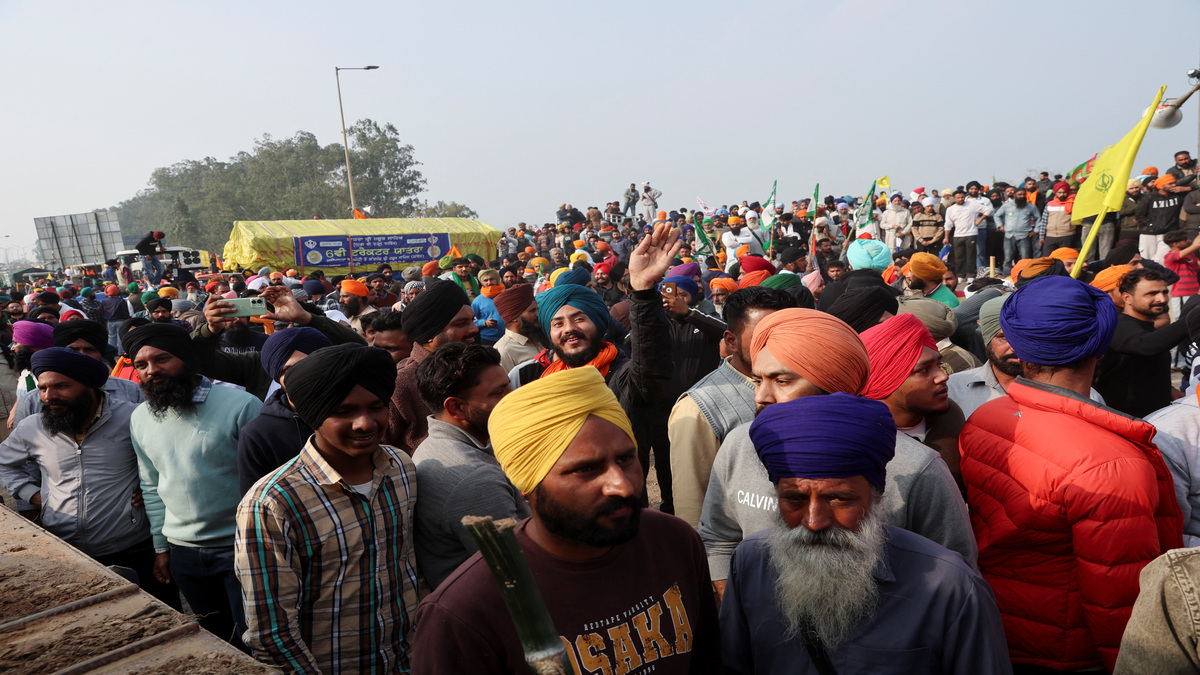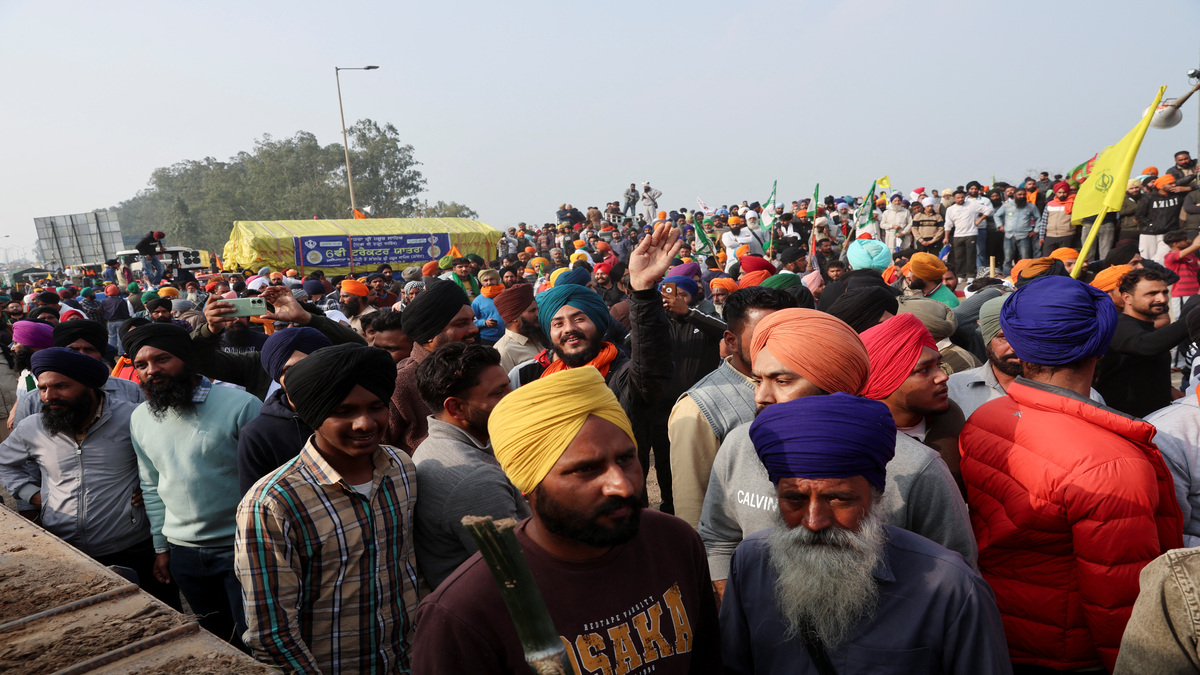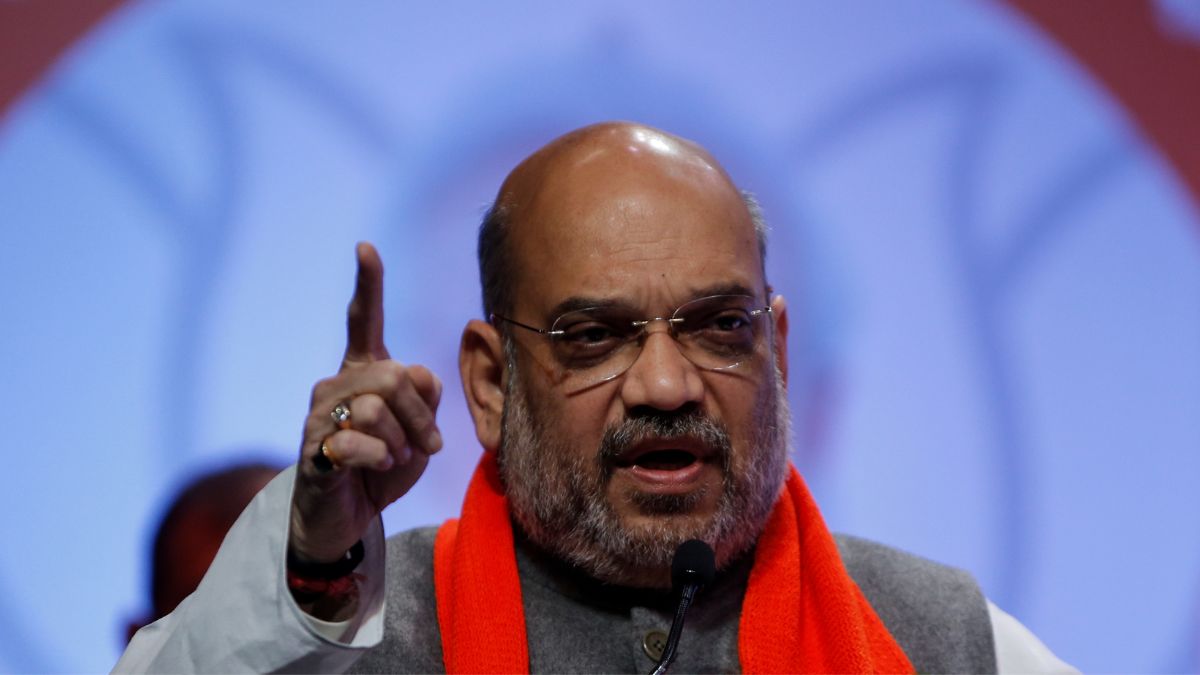The inherent tension between development and environmental damage, between income and loss of heritage, has been a far more salient issue in Goa’s elections than elsewhere in the country.
General outrage over the frenetic craze for the mining and export of iron ore played a great role in sweeping the Congress out of office in the previous round of Assembly election in 2012. The mining issue became symbolic of widespread corruption that had appeared to have a free-run under a series of Congress chief ministers.
Voting for a new Assembly is due on 4 February. Corruption continues to linger as an issue this time, but with far less intensity than in 2012. But the impact on the environment of developmental projects still elicits an angry response among some citizens.
One issue that has focused public attention is that the government passed an order in November 2015 to classify coconut palms as grass — apparently to allow a proposed beer factory to cut 10,000 coconut palms on the factory site near Amadi village.
Rahul Mhambre, treasurer of the Aam Aadmi Party’s Goa unit says there is a ‘huge revolt’ over the issue. That is an exaggeration, but certainly some voters express disgust.
The more general feeling is that the incumbent BJP government failed to go after the corrupt. Indeed, two former Congress ministers against whom Manohar Parrikar filed corruption cases when he was the chief minister (in the first half of the current five-year term) are now contesting on BJP tickets.
Mhambre correctly points out that Parrikar gained hugely from the mining scam five years ago, but that people are not satisfied with what he did once he came to power.
Indeed, as things stand, Parrikar appears to command little following on the ground in Goa. BJP president Amit Shah’s statement that Parrikar would continue to control the Goa unit of the party, whether from Delhi or from Panaji, has only deepened fissures in the state unit rather than energise voters. Already, other party leaders, including Francis D’Souza, who was the deputy chief minister when Parrikar was chief minister (2012 to to late 2014), were already miffed.
Ironically, they and most observers viewed the appointment of Laxmikant Parsekar as an instrument for Parrikar’s remote control. That even Parsekar is now chary of acknowledging Parrikar became evident in an interview he gave Firstpost right after Shah’s statement.
Mining scam
Meanwhile, mining has begun again in a small way after the Supreme Court had completely banned it in late 2012. However, common people have become aware and watchful now that they have seen the benefits of the ban, according to Claude Alvares , the prime mover of the petition that brought about that ban. Also, he says, several truck owners sold their vehicles after the ban and that has led to an increase in transportation costs now.
Activist academic Prajal Sakhardande points out that silting caused by mining went into food and affected fields, rivers, lakes and towns. He says Goa was a far more lush green place before mining began in 1947 — mainly for Japan’s post-war reconstruction. He says it became ’loot’ during the 1990s, more so since around the turn of the millennium — and that had a terrible environmental impact.
T Victor, the president of the Mining Engineers’ Association of India, explains that this stemmed from ‘unmeasurable demand’ for iron ore in China, mainly to build infrastructure for the Beijing Olympics in 2008.
So, says Victor, instead of the 30 million tons that Goa has a capacity to produce, output went up to as much as 55 million tons from 2005 to 2010. “Even mud was sold,” he says.
Plus, in the style of the Wild West, operators started stealing — for example, waylaying a truck in a forest, replacing half the ore with mud and adding mud to the stolen half to put on their own truck.
Under changed rules following the 1991 liberalisation, anyone could export ore. Since many voters suspect that much of the mining industry was controlled — benami — by politicians, the system of law and order was a casualty of what most observers refer to as ’the loot.’
The problem, according to Victor, was that regulators were the government rather than autonomous bodies.
Generally speaking, Goa’s voters continue to be cynical about politicians, especially about whether they care about Goa’s precious environmental heritage.


)




)
)
)
)
)
)
)
)